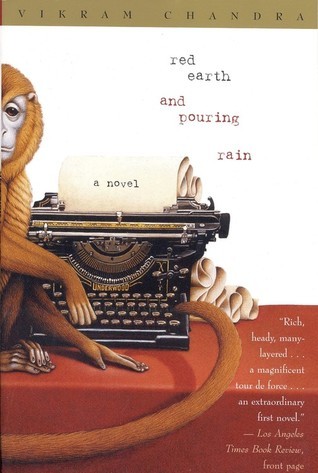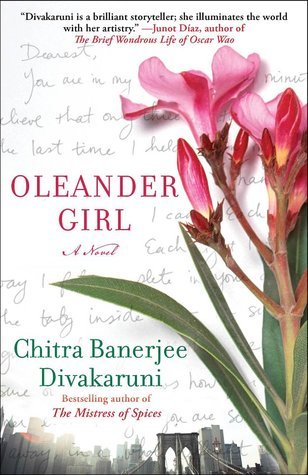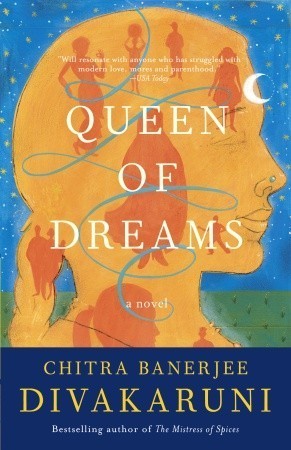
Red Earth and Pouring Rain
Book Description
A world on the brink of chaos, where a street dog navigates the shadows of a bustling Mumbai while a young Indian artist grapples with love, loss, and the haunting specter of his past. As tensions rise between personal ambition and societal expectations, dreams collide with stark reality in a narrative woven with magic, history, and relentless urban pulse. Every encounter shatters illusions and races toward an explosive confrontation. With destinies intertwined and secrets lurking just beneath the surface, what sacrifices will be made to reclaim their futures? In a city that never sleeps, can hope truly thrive amid despair?
Quick Book Summary
"Red Earth and Pouring Rain" by Vikram Chandra is a sprawling tapestry of interwoven stories that traverse centuries, myth, and memory in the landscape of India. Anchored by the tale of a street dog in contemporary Mumbai and a student haunted by love and the search for purpose, the novel weaves together magical realism and history. Central to the narrative is the tension between modernity and tradition, as lives unfold against a backdrop of colonial conflict, family legends, and the vibrant chaos of the city. Bound by destiny and shaped by haunting pasts, the characters must navigate ambition, tragedy, and hope in a world filled with gods, rebellion, and storytelling. Chandra explores the superstitions and sorrows that define societies and the resilience required to forge a future.
Summary of Key Ideas
Table of Contents
Storytelling as Survival and Identity
The heart of the novel lies in its use of stories within stories: the narrative begins with a street dog who, revealing himself as the reincarnation of a revolutionary poet, bargains for his life with a mesmerizing tale. His story unfolds alongside that of an Indian student returning from the United States, both threads exploring the necessity of stories to shape individual and communal identity. Each tale is a means of survival, resurrection, and connection, bridging the divide between past and present.
Intersecting Fate and Free Will
Themes of fate and free will intertwine as characters face choices that ripple outward, shaping destinies beyond their own. The Mumbai of the present pulses with life, ambition, and peril, while echoes of myth and history anchor the action in deeper currents. The characters are often caught between the pull of ancient legacies and the push of modern aspirations, navigating the tension between determination and destiny as they seek meaning within a world of uncertainty and shifting values.
The Legacy of Colonialism and History
Chandra vividly renders the persisting legacy of colonialism and political upheaval in India. The novel journeys through cycles of occupation, resistance, and cultural amalgamation, highlighting how these histories leave indelible marks on individual psyches and societal norms. Dreams of personal advancement clash with the weight of inherited struggles, prompting characters to question national, familial, and personal loyalties in the face of radical change and lingering injustice.
Urban Chaos versus Mythic Imagination
The juxtaposition of urban chaos and mythic imagination is at the core of the novel’s magical realism. Mumbai becomes more than a setting: it's a multivalent character, full of danger, possibility, and wonder. Ordinary life and supernatural forces coexist as ancient gods lurk in alleyways and ancestral spirits whisper in dreams. This blend of the fantastical with the mundane allows for a vibrant exploration of how hope persists amid despair, and how the everyday becomes enchanted through memory and belief.
Love, Loss, and the Search for Redemption
At its most intimate, the narrative grapples with love, loss, and the yearning for redemption. Characters pursue dreams and contend with heartbreak, obsession, and sacrifice, attempting to reclaim futures threatened by loss and fear. Chandra’s prose probes the costs of ambition and the pain of unrealized desires, as well as the possibility for healing in the act of storytelling itself. Ultimately, hope emerges as both fragile and enduring, a force capable of transmuting suffering into resilience and new beginnings.
Download This Summary
Get a free PDF of this summary instantly — no email required.





